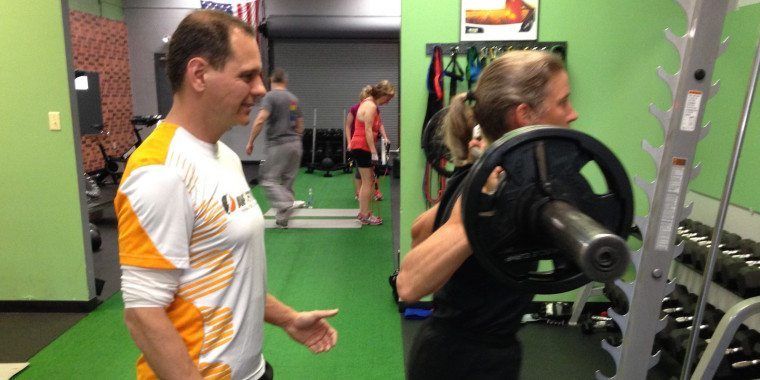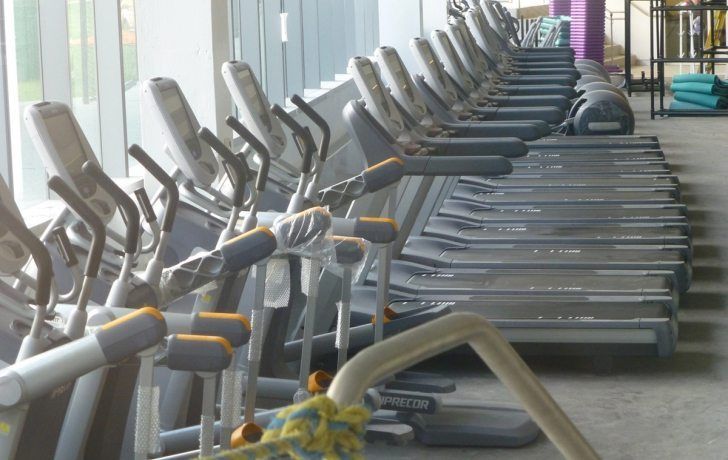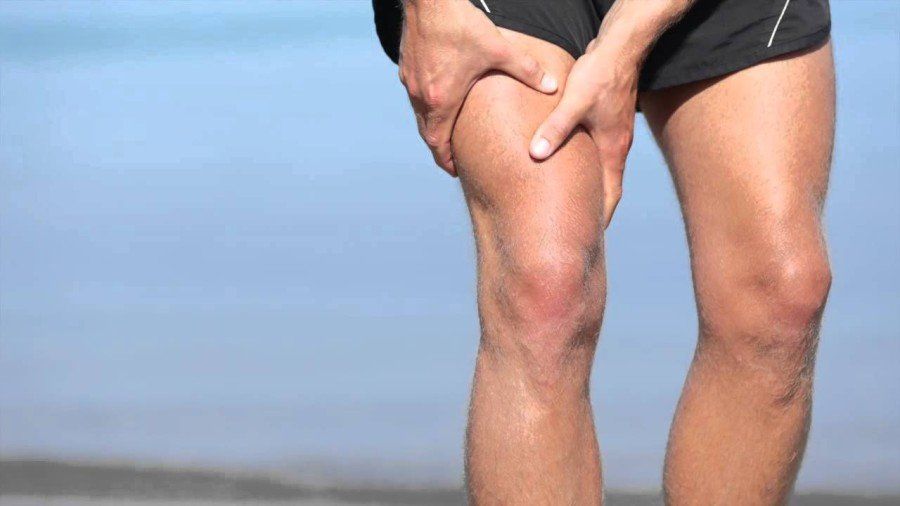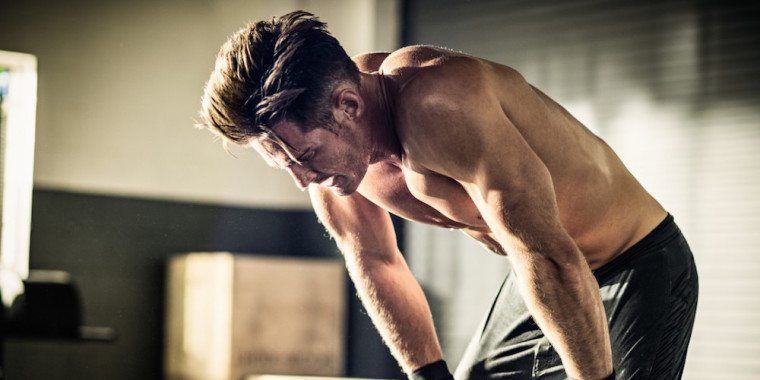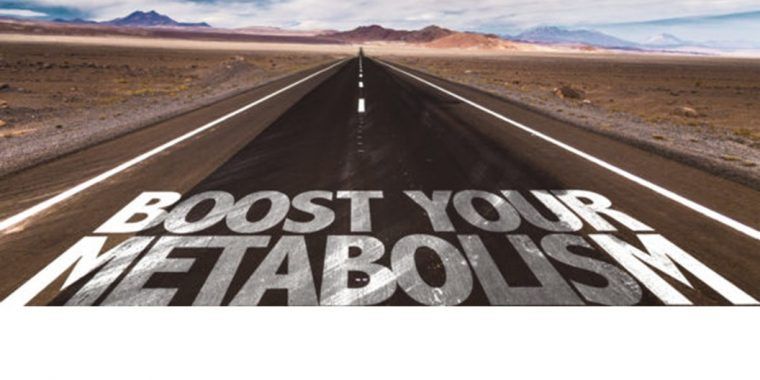When many people think of having a strong core they focus on the abs, working hard to try and develop what is commonly referred to as a six pack.
When it comes to strengthening your core, don’t overlook your back. Too often, we focus entirely on the front of our bodies, forgetting that developing strong midsection strength and postural support also involves the upper and lower back.
Just because you can’t see your back in the mirror doesn’t mean you shouldn’t give it some love at the gym. Not only will a strong back help your posture, it will give your physique a wide and powerful look, along with the illusion of having a smaller waist.
Related: Planks do more than just rock your core
Unlike the chest, the back is made up of more than just one major muscle group as it houses a complex system of muscles – from your lats to your rotator cuffs to your upper, middle, and lower traps, with each area performing a variety of functions.
Here are five exercises to add to your workout routine that will help you build a strong back.
Seated one-arm cable row: To get into the starting position, first sit down on the machine and place your feet on the front platform or crossbar provided making sure that your knees are slightly bent and not locked. Lean over as you keep the natural alignment of your back and grab the single handle attachment with your left arm using a palms-down grip.
With your arm extended pull back until your torso is at a 90-degree angle from your legs. Your back should be slightly arched and your chest should be sticking out. You should be feeling a nice stretch on your lat as you hold the bar in front of you. The right arm can be kept by the waist. This is the starting position of the exercise.
Keeping the torso stationary, pull the handles back towards your torso while keeping the arms close to it as you rotate the wrist, so that by the time your hand is by your abdominals it is in a neutral position (palms facing the torso). Breathe out as you perform that movement. At that point you should be squeezing your back muscles hard. Hold that contraction for a second and slowly go back to the original position while breathing in.
Perform three sets of 12 to 15 repetitions per set. (muscleandfitness.com)
Superman: Lying down in a prone position with your arms crossed and your head resting on your hands, start by gently lifting your shoulder off the floor, extending your spine. You can keep your head relaxed on the back side of your hands for support to maintain a neutral neck. Slowly release back toward the floor.
Keep your shoulders relaxed and pulled down away from your ears throughout the range of motion. For an added challenge, simultaneously squeeze your gluteals to gently lift your legs off the floor. Keep your legs long and your feet relaxed. (Do not bend your knees or pull your heels toward your glutes.) (My Fitness Pal)
Related: Benefits of using a rowing machine (Video)
Lat pulldowns: The lat pulldown is great for increasing muscle. Sit down at a lat pulldown station and grab the bar with an overhand grip that’s just beyond shoulder width. Without moving your torso, pull your shoulders back and down, and bring the bar down to your chest. Pause, then slowly return to the starting position.
You will get the most out of the move by performing the exercise at a slow, controlled tempo. You should be able to feel your lats working each rep. Do 8 to 12 reps like this, making sure your upper body remains in nearly the same position from start to finish. (Men’s Health)
Opposite arm & leg lift: Get down on all fours with hands under shoulders and knees under hips. Reach your right arm forward; at the same time, stretch your left leg back.
Hold for 5 seconds, then release and repeat using the left arm and right leg; that’s one rep. Do 10 to 15 reps. (health.com)
Bent-over underhand barbell row: Compared to other variations of the row—like the single-arm dumbbell row—the barbell version allows you to use more weight. Rowing with heavier loads elicits more muscle growth in your middle and lower traps, rhomboid major, rhomboid minor, upper traps, rear deltoids, and rotator cuff muscles.
Use an underhand grip to target your rhomboids, the small muscles that start at your spine and attach to your shoulder blades. They assist your traps with pulling your shoulder blades together. These muscles tend to be weak due to the long amount of time we spend sitting at desks, in cars, or on couches every day.
Grab a barbell with an underhand grip that’s just beyond shoulder width, and hold it at arm’s length. Lower your torso until it’s almost parallel to the floor, and bend at your hips and knees. Let the bar hang at arm’s length. Pull the bar to your upper abs as you squeeze your shoulder blades together. Pause, and slowly lower the bar back to the starting position. (Men’s Health)
(Photo courtesy of Men’s Fitness)
